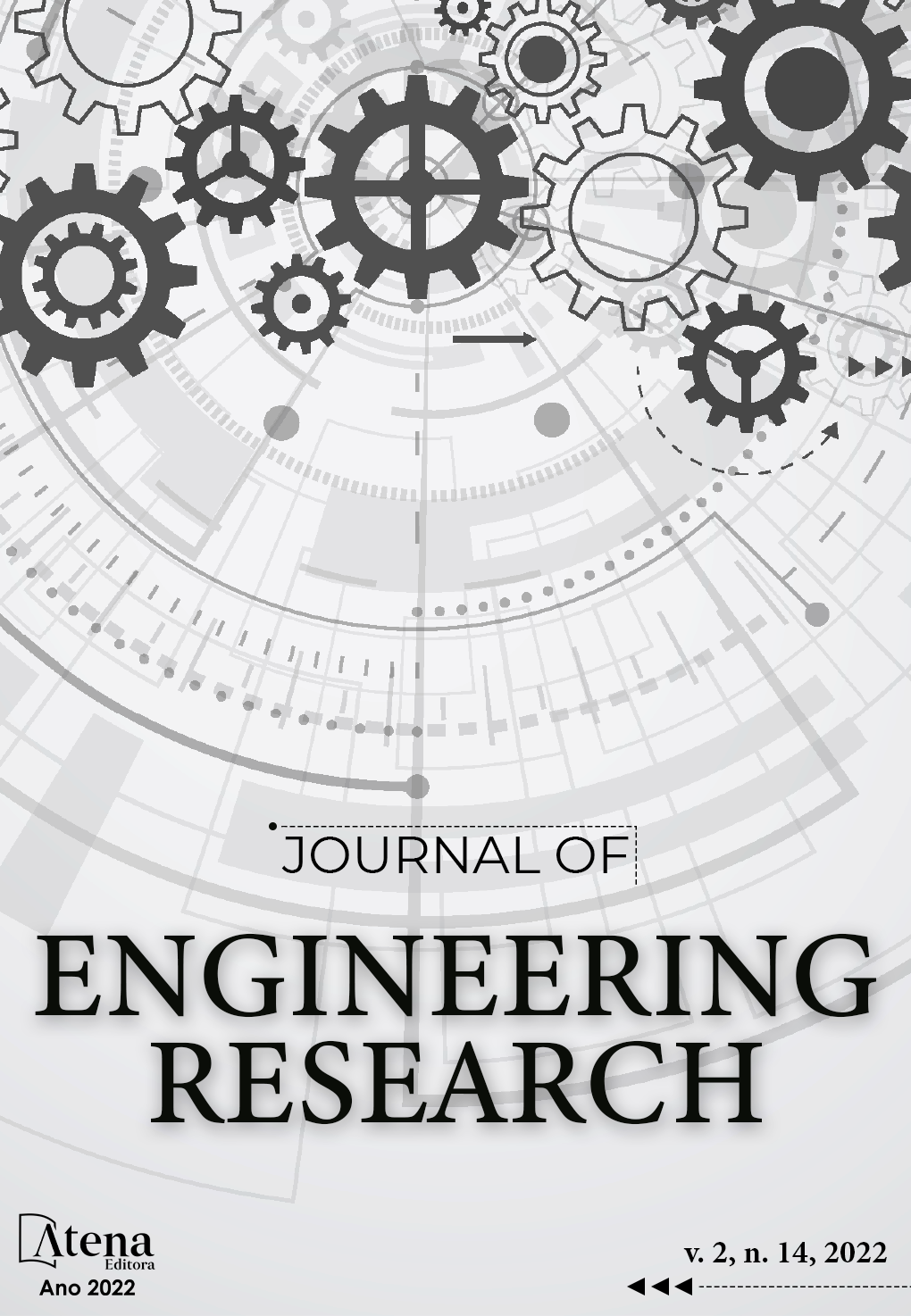
Embedded data acquisition system for process signature survey
The advancement of technology and the needs imposed by the market, such as high surface quality and reduction of manufacturing costs, have made machine tools the focus of numerous researches, aimed at improving their performance in different industrial processes. Some of these researches have as objective the instrumentation of the machine, aiming at the monitoring of some variables related to the machining process. To carry out such monitoring, systems with sensors are used that allow the measurement of physical quantities that are closely linked to the cutting parameters (feed, cutting speed and cutting depth). These parameters are of fundamental importance for the process and help in the good machinability of the materials, an error in the configuration of these parameters, before or during the process, can cause wear or even breakage of the tool. The main quantities used in monitoring machine tools are mechanical vibration (correlated with the rotation of the workpiece and the movement and wear of the tool), temperature (which varies mainly with the plastic deformation at the workpiece-tool interface and the friction at the workpiece-tool and chip-tool interfaces) and sound vibration (related to stiffness and friction between materials). This article presents the development of a system that monitors acceleration, temperature, and sound emitted during an external turning process, using an embedded system (data acquisition and processing boards) with low cost and high computational power. To determine the process signature that relates temperature, vibration and audio to the machined material and to the cutting parameters (feed and depth of cut), an Artificial Neural Network (ANN) was used, which obtained an accuracy rate of approximately 80%, indicating that the monitoring system is capable of generating data that allows the determination of the process signature.
Embedded data acquisition system for process signature survey
-
DOI: 10.22533/at.ed.3172142206075
-
Palavras-chave: Turning, Monitoring System, Instrumentation, Process Signature.
-
Keywords: Turning, Monitoring System, Instrumentation, Process Signature.
-
Abstract:
The advancement of technology and the needs imposed by the market, such as high surface quality and reduction of manufacturing costs, have made machine tools the focus of numerous researches, aimed at improving their performance in different industrial processes. Some of these researches have as objective the instrumentation of the machine, aiming at the monitoring of some variables related to the machining process. To carry out such monitoring, systems with sensors are used that allow the measurement of physical quantities that are closely linked to the cutting parameters (feed, cutting speed and cutting depth). These parameters are of fundamental importance for the process and help in the good machinability of the materials, an error in the configuration of these parameters, before or during the process, can cause wear or even breakage of the tool. The main quantities used in monitoring machine tools are mechanical vibration (correlated with the rotation of the workpiece and the movement and wear of the tool), temperature (which varies mainly with the plastic deformation at the workpiece-tool interface and the friction at the workpiece-tool and chip-tool interfaces) and sound vibration (related to stiffness and friction between materials). This article presents the development of a system that monitors acceleration, temperature, and sound emitted during an external turning process, using an embedded system (data acquisition and processing boards) with low cost and high computational power. To determine the process signature that relates temperature, vibration and audio to the machined material and to the cutting parameters (feed and depth of cut), an Artificial Neural Network (ANN) was used, which obtained an accuracy rate of approximately 80%, indicating that the monitoring system is capable of generating data that allows the determination of the process signature.
-
Número de páginas: 15
- Ingrid Lorena Argote Pedraza
- Alexandre Padilha Senni
- Clayton José Torres
- Mário Luiz Tronco
- Leonardo Bonacini


